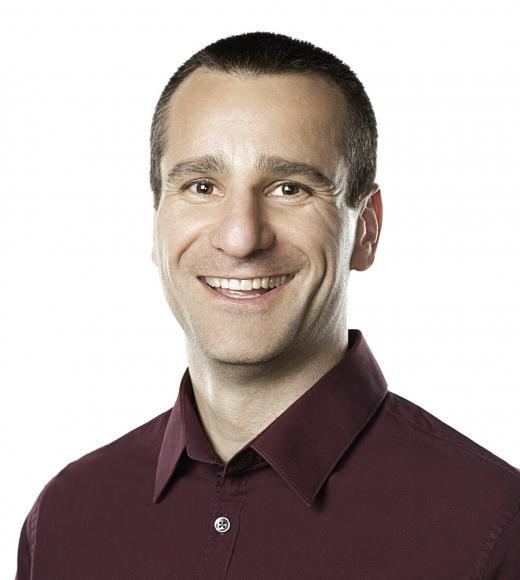
Position Title
Professor
- Physiology and Membrane Biology (School of Medicine)
- Neurobiology, Physiology and Behavior
The goal of my laboratory is to understand the molecular determinants of musculoskeletal development and the role of exercise in improving health and performance. To achieve this goal, we work on muscle, tendon, and ligaments from 2- and 3-dimensional tissue culture, in vivo wild type and genetically modified animals, and humans. Of particular interest are: 1) the interplay between nutrition and exercise and the mammalian target of rapamycin complex 1 (mTORC1) in the maintenance of muscle mass; 2) the role of the amino acid transceptor LAT1 in the activation of protein synthesis and maintenance of muscle mass; 3) the mechanism of ER stress-induced loss of protein synthesis and how this leads to anabolic resistance in muscle; and 4) the role of growth factors and loading on the activation of the Egr-1 transcription factor and the development and mechanics of ligaments. Our laboratory discovered that mTORC1 was activated by resistance exercise and that this correlates with the degree of skeletal muscle hypertrophy. Since then, we have focused on mTORC1 and its regulation by loading and nutrients. We have shown that: 1) mTORC1 is activated directly by load in a growth factor-independent manner; 2) a1-AMPK regulates mTORC1 activity during overload; 3) following a high fat diet the unfolded protein response, through inhibition of PKB, can attenuate mTORC1 activation; and 4) muscle signaling and protein synthesis after exercise are modified by nutritional interventions that are rich in leucine. Our laboratory has also developed a number of 2- and 3-dimensional tissue culture assays that can be used to study the effects of genes and nutrients on muscle, tendon, and ligament function. These studies have a direct clinical application and we work closely with colleagues in orthopedics, internal medicine, and the cancer center to develop resistance exercise, nutritional, and novel small molecule interventions that prevent muscle wasting from cachexia and sarcopenia and improve muscle function and quality of life.
Accepting students per funding availability.
- Ligament tissue engineering: We are using engineered ligaments to better understand the cellular and molecular response to exercise nutrition and aging.